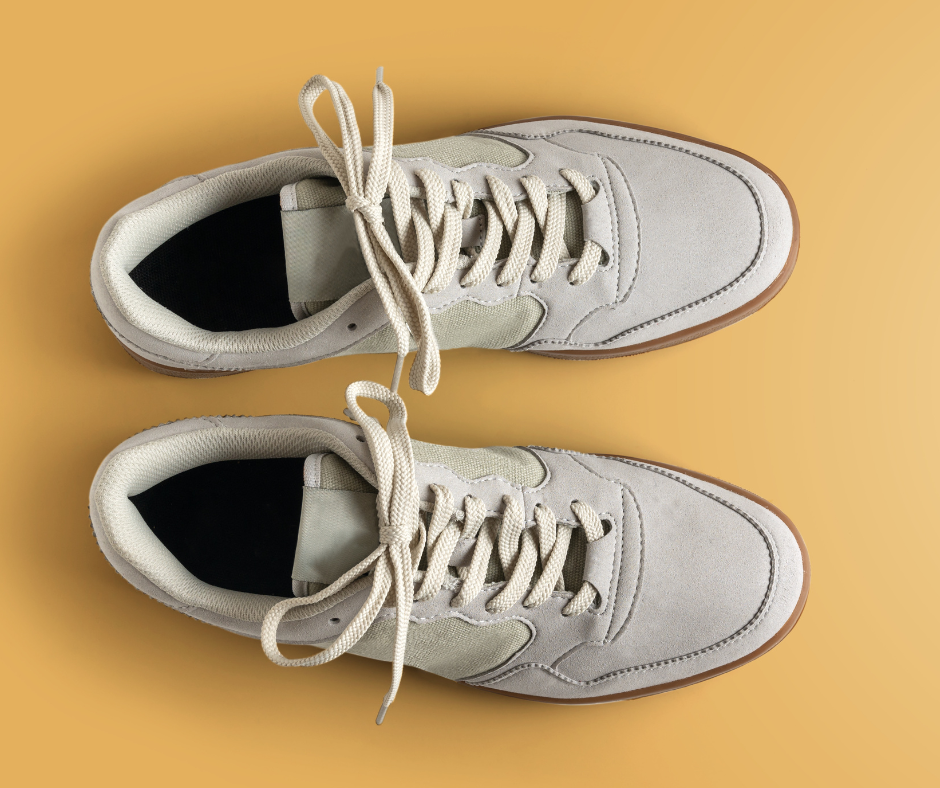
It’s National Diabetes Awareness Month, so of course, we at Syracuse Podiatry are talking about shoes! Diabetics and proper footwear are like hands in a well-fitted glove; they just go together. That’s because the simple choices you make about your shoes and inserts are arguably your most powerful tool in preventing serious foot complications. Let’s talk about the exact foot problems that everything from custom orthotics to compression socks solves when it comes to diabetes.
Neuropathy and Friction
The main reason specialized footwear is essential comes down to diabetic neuropathy. High blood sugar can cause you to lose sensation in your feet, so what feels like a normal day can lead to a severe wound, all because you didn’t feel that blister rubbing against your running shoes during your jog.
But we have defense. Custom orthotics and diabetic shoes are your savior. They work by:
- Eliminating Friction: having a soft, seamless interior lining to prevent rubbing and blisters.
- Offloading Pressure: molding to your foot’s exact contours. Custom orthotics strategically redistribute pressure away from sensitive areas of your feet or bony areas prone to breakdown, which is the number one cause of diabetic foot ulcers.
- Improved Walking: Controlling awkward inward rolling and providing a stable foundation. Orthotics help the muscles and tendons in the foot and ankle work more efficiently. This takes some of the load off your mechanics, which may have been contributing to inflammation and swelling during walking.
Blood flow to Your Feet
Diabetes often leads to Peripheral Artery Disease. And since circulation is at the heart (literally) of all healing and infection fighting, we podiatrists do everything to get blood to your feet. Here’s how:
- Cushioning and Shock Absorption: The soles of diabetic shoes are typically thicker and more rigid than standard shoes. This extra cushioning absorbs impact and protects the vulnerable bones and joints from trauma that the foot can’t easily repair.
- Heat Protection: Wearing protective, closed-toe shoes and thick, soft diabetic socks helps maintain a warm temperature around your feet, which is beneficial for circulation.
- Working with Compression: Orthotics are designed to fit into therapeutic footwear, such as diabetic shoes and compression stockings. They provide the necessary support inside the shoe, while the compression socks work externally to manage the edema.
Correcting Deformities For Diabetic Feet
We forget to mention deformities.
Long-term diabetes can contribute to foot deformities like bunions and hammertoes, which can create high-pressure points that are likely to break down into ulcers.
Custom orthotics, though, are designed to hold the foot in a functional position and prevent any deterioration of skin.
Talk to us about custom orthotics today.
For advice related to any podiatric concerns you’re facing, the expert team at Syracuse Podiatry is here to help guide you. Contact us today so Dr. Ryan L. D’Amico, Dr. Donal M. Erickson, Dr. Keith Sherman, and Dr. Nicholas Cronin can elevate your foot health and help your feet feel their best.
